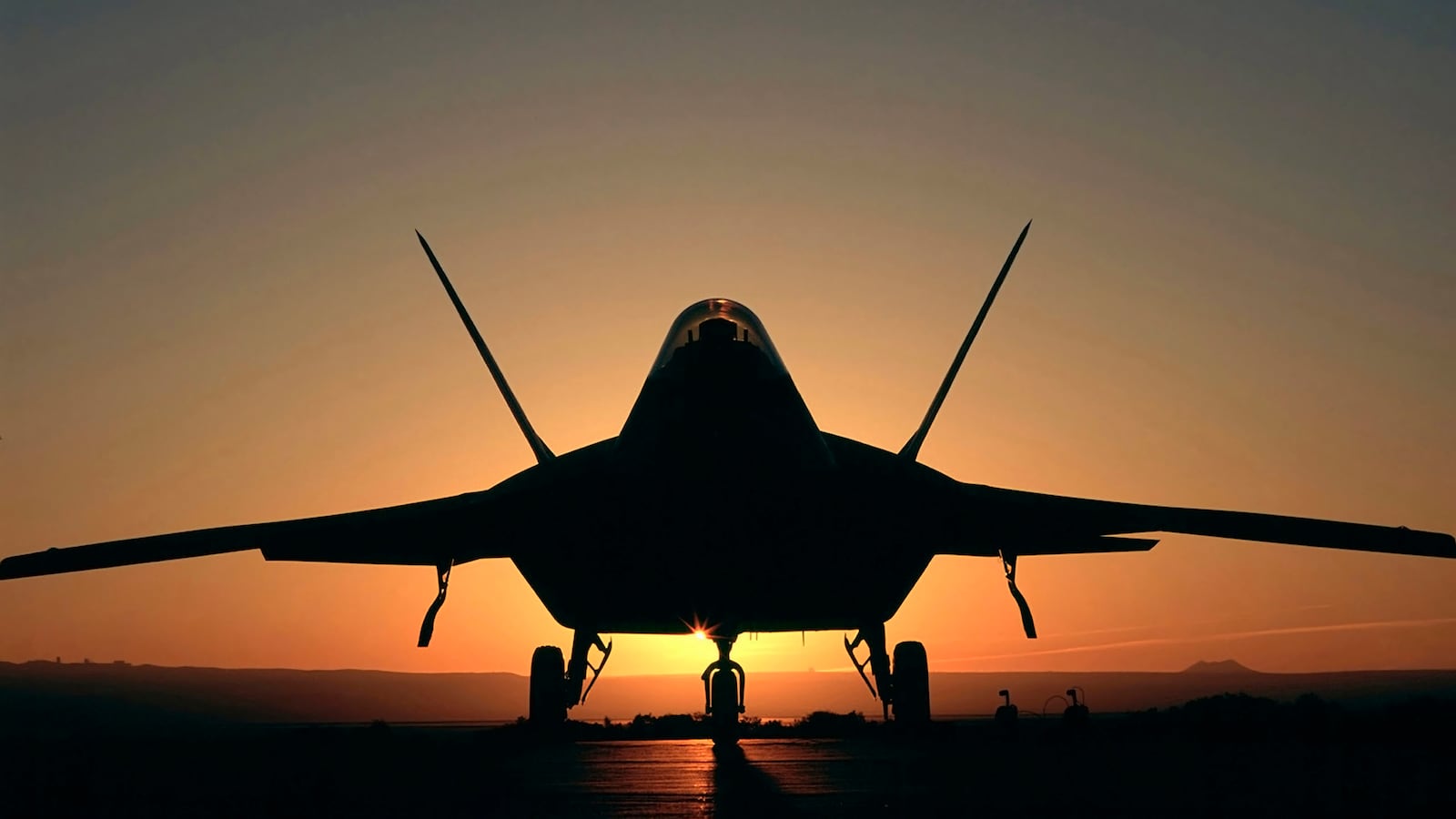The Long Range Strike Bomber may be the most secretive Pentagon aviation program in decades. But a top general, U.S. Strategic Command vice-chief Lt. Gen. James Kowalski, recently insisted that “what is publicly available on the bomber is sufficient.”
Kowalski may have a point from an operational-security perspective. What is more important is that the current security policy all but guarantees that the Air Force won’t get its new bomber at all, or will (once again) end up with an unsupportably small force.
The Air Force has tried four times in the past 60 years to develop a new bomber. With one exception, the B-1B, the projects were canceled or truncated. It took four years, starting in 1988, for the last new project, the B-2 stealth bomber, to get hacked down to 21 aircraft from 132.
The B-2’s development started in late 1981, but for more than six years after that, all that was said was that it existed, that Northrop was building it and that the effort was expected to cost more than $36 billion. Nobody mentioned that the bomber had been redesigned to meet new requirements, which had already raised the cost considerably.
No one ever planned to keep the B-2 secret after it rolled out in 1988. As it emerged, so did new cost numbers. They were not only startlingly high—a projected total of $75.4 billion in then-year dollars—but the plan to build 132 aircraft in six years called for annual spending that threatened everyone else’s programs. At the same time, the Warsaw Pact threat was disintegrating.
The media-Congress complex piled on. 60 Minutes—and this was in those far-off times when people paid a lot of attention to 60 Minutes—hit the program in February 1990 with the studied fairness of a Stalinist show trial. One on-air critic was an Oklahoma congressman, but the show did not mention that the Navy’s A-12 carrier-based bomber (which Dick Cheney, then Bush 1’s defense secretary, scrapped a year later) was being built in Tulsa and would be a beneficiary of B-2 cuts. An independent “stealth expert” was a writer whom nobody had heard from before, and nobody heard from afterward. The great thing about a show trial is that you pick your witnesses and questions.
But none of that was, or is, unusual. That’s why industry media-relations people get the big bucks and why Pentagon media people retire and become industry media people.
The Pentagon and industry hit back: Without revealing radar-absorbent material formulas or radar-cross-section numbers, they explained that building a 180-ton stealth bomber was damned difficult, more so than anyone expected, but that now that so much had been spent and achieved, there was an economic case for building a sensible number of aircraft, so that (for example) we wouldn’t have to do it all over again in 2015.
Who am I kidding? In the real world, the pro-B-2 case was a security-muffled squeak. On 60 Minutes, the program was represented by retired Adm. William Crowe, former chairman of the Joint Chiefs. Tied to a Pentagon script, Crowe did not stand a chance.
A couple of years later, the stealth world did start to open up. Lockheed hosted a technology day where smart, articulate engineers such as Alan Brown, Paul Martin, and other veterans of the F-117 program talked about how the aircraft had been made to work. Irving Waaland and fellow top Northrop engineers discussed B-2 design and testing at technical conferences. No secrets were revealed, beyond what anyone with photographs and a computer already knew, and the message spread worldwide. It was too late for the B-2: Politically, the game was over in early 1992.
LRS-B is likely to be technically fascinating. Its core information—materials, processes, electronic tricks, and RCS numbers—needs to be protected. But the best way to do that is to protect that information inside a narrow cordon, not to attempt to run a strand of barbed wire around the entire $80 billion effort and tens of thousands of participants.
These days, the espionage threat is 1,000 geeks in an office block in Shanghai, rather than an insider with an expensive vice and a Minox camera. Which means counterintelligence starts with shrinking the “attack surface,” or the number of doorways through which the adversary can attack. If you want to do that, one place to start (after you have filled every USB port in the program with superglue) is to ban political engineering: No nominal subcontracts in every state or to every supposedly underserved group.
If the LRS-B is a technological breakthrough (and it may turn out to be a remarkable story, one of decades of quiet persistence leading to the big win) that story can be told as it was 20 years ago, without compromising operations. And then, when overruns and delays occur, or the world changes and people ask again why we need the bomber at all, it will be a fair debate. And that’s necessary, because if you ever thought 60 Minutes was bad, you haven’t been on the Internet in the past few years.
This column also appears in the latest issue of Aviation Week & Space Technology. For more of Sweetman’s columns, see: aviationweek.com/columns/commanders-intent



